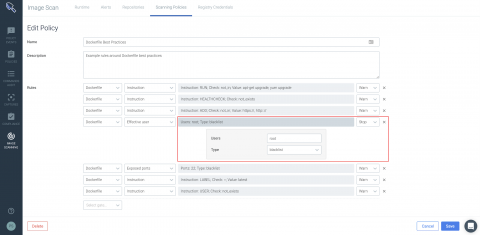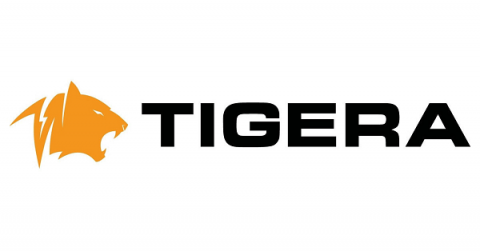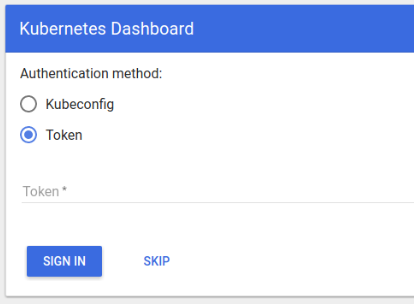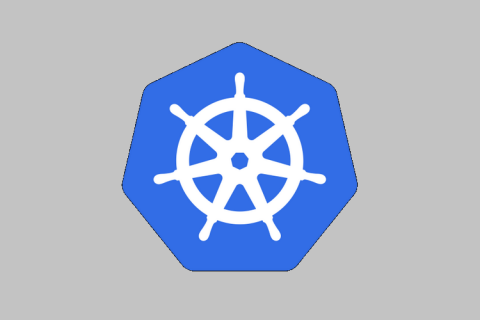Browser vulnerabilities: Securing against the inevitable
Web browsers have revolutionized the way we use the internet. They’ve escalated employee productivity, but have also opened up organizations to a plethora of security loopholes. Browsers are the easiest point of entry for hackers to exploit a system because they contain vulnerable components like plug-ins and cookies.










